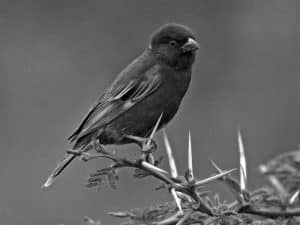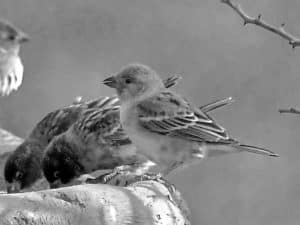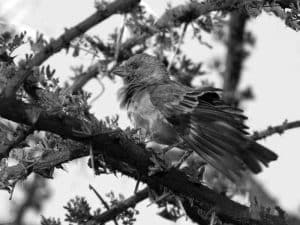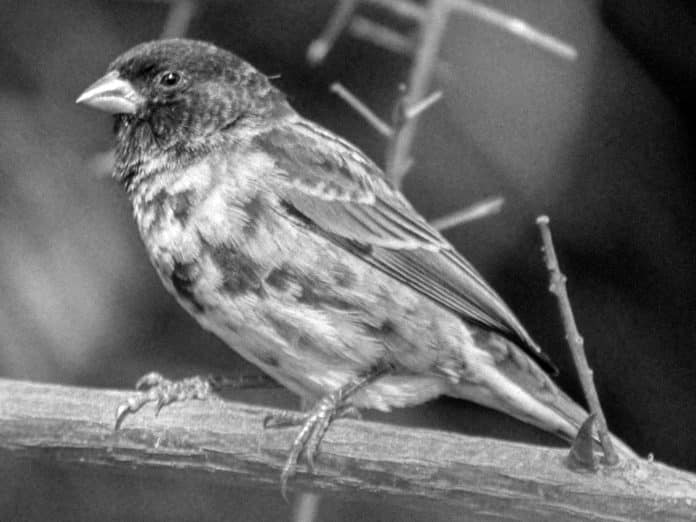Introduction to the Chestnut Sparrow
Nestled within the vast and diverse landscapes of Tanzania lies a captivating avian species that has captured the hearts of birdwatchers and nature enthusiasts alike. The Chestnut Sparrow in Tanzania, with its striking plumage and unique behavioral traits, is a true gem of the East African nation’s avian kingdom. As you delve into the world of this remarkable bird, prepare to embark on a journey of discovery that will leave you in awe of Tanzania’s avian rustic.
Habitat and Distribution of the Chestnut Sparrow in Tanzania

The Chestnut Sparrow, scientifically known as Passer eminibey, is a resident species in Tanzania, found primarily in the central and northern regions of the country. Its preferred habitat includes:
- Dry, open woodlands
- Savanna grasslands
- Semi-arid scrublands
- Agricultural areas with scattered trees
The Chestnut Sparrow’s range in Tanzania extends from the Serengeti National Park in the north to the Ruaha National Park in the south, with its population concentrated in the central regions of the country.
Physical Characteristics of the Chestnut Sparrow
The Chestnut Sparrow is a medium-sized bird, measuring approximately 12-14 centimeters in length and weighing around 15-20 grams. Its most distinctive feature is its striking chestnut-colored plumage, which covers the head, back, and wings. The bird’s underparts are a paler beige or buff color, and its tail is relatively short. The Chestnut Sparrow has a robust bill, well-suited for its primarily seed-based diet, and its eyes are dark, giving it a captivating gaze.
Behaviors and Adaptations of the Chestnut Sparrow
The Chestnut Sparrow is a highly social bird, often seen in flocks ranging from a few individuals to hundreds. These flocks forage together, moving through the landscape in search of seeds, grains, and occasional insects. The bird’s adaptations include:
- Foraging Strategies: The Chestnut Sparrow’s strong bill allows it to crack open hard seeds and grains, while its agile movements enable it to efficiently glean food from the ground and low-lying vegetation.
- Nesting Habits: These sparrows build their nests in cavities, such as tree hollows or crevices in buildings, using a variety of materials, including grass, feathers, and animal fur.
- Vocalizations: The Chestnut Sparrow has a repertoire of chirps, trills, and calls that it uses to communicate with its flock members, particularly during breeding season.
Conservation Status of the Chestnut Sparrow in Tanzania

The Chestnut Sparrow is currently classified as a Least Concern species by the International Union for Conservation of Nature (IUCN). However, its population in Tanzania is not well-documented, and there are concerns about potential threats to its habitat and survival.
Threats and Challenges Faced by the Chestnut Sparrow
The Chestnut Sparrow faces several challenges in Tanzania, including:
- Habitat Loss: The conversion of natural habitats, such as woodlands and savannas, into agricultural land and human settlements can reduce the available feeding and nesting sites for the Chestnut Sparrow.
- Hunting and Trapping: In some regions, the Chestnut Sparrow may be targeted by local communities for food or the pet trade, which can impact its population.
- Climate Change: Alterations in rainfall patterns and temperature extremes due to climate change can disrupt the Chestnut Sparrow’s breeding and foraging behaviors, potentially leading to population declines.
Efforts and Initiatives for the Conservation of the Chestnut Sparrow
While the Chestnut Sparrow’s conservation status is currently stable, there are ongoing efforts and initiatives to ensure the long-term protection of this species in Tanzania:
- Habitat Preservation: Conservation organizations and government agencies are working to protect and restore the natural habitats favored by the Chestnut Sparrow, such as dry woodlands and savannas.
- Monitoring and Research: Ongoing monitoring and research projects are aimed at better understanding the Chestnut Sparrow’s population dynamics, distribution, and threats, which can inform conservation strategies.
- Community Engagement: Local communities are being educated and engaged in the conservation of the Chestnut Sparrow, promoting sustainable land-use practices and discouraging harmful activities like hunting and trapping.
Birdwatching and Ecotourism Opportunities to Spot the Chestnut Sparrow in Tanzania
For avid birdwatchers and nature enthusiasts, Tanzania offers excellent opportunities to observe the Chestnut Sparrow in its natural habitat. Some of the best locations to spot this species include:
- Serengeti National Park: The northern regions of the Serengeti, with their diverse habitats, are known to host thriving populations of the Chestnut Sparrow.
- Tarangire National Park: The dry, open woodlands and savannas of Tarangire provide an ideal environment for the Chestnut Sparrow.
- Ruaha National Park: The central regions of Tanzania, including Ruaha National Park, are home to sizable populations of the Chestnut Sparrow.
Engaging in responsible ecotourism and birdwatching activities not only allows you to appreciate the beauty of the Chestnut Sparrow but also supports the conservation efforts aimed at protecting this remarkable species.
Interesting Facts and Trivia about the Chestnut Sparrow
Here are some fascinating facts about the Chestnut Sparrow:
- The Chestnut Sparrow is closely related to the House Sparrow, but it is larger and has a more distinctive chestnut-colored plumage.
- These sparrows are known to form large, communal roosts, with hundreds of individuals huddling together for warmth and protection.
- The Chestnut Sparrow’s diet is primarily composed of seeds and grains, but it will also occasionally feed on insects, particularly during the breeding season.
- The male Chestnut Sparrow is known to engage in elaborate courtship displays, including wing-flapping and bowing, to attract a mate.
- In some regions of Tanzania, the Chestnut Sparrow is believed to have cultural significance, with local communities incorporating its feathers or images into traditional art and ceremonies.
Conclusion: Celebrating the Beauty of Tanzania’s Avian Rustic

The Chestnut Sparrow, with its captivating appearance and unique behaviors, is a true gem of Tanzania’s avian diversity. As you explore the country’s natural landscapes, keep an eye out for this remarkable bird, and take the time to appreciate the beauty and resilience of this species. By supporting conservation efforts and engaging in responsible ecotourism, you can play a vital role in ensuring the long-term survival of the Chestnut Sparrow, Tanzania’s avian rustic.

































